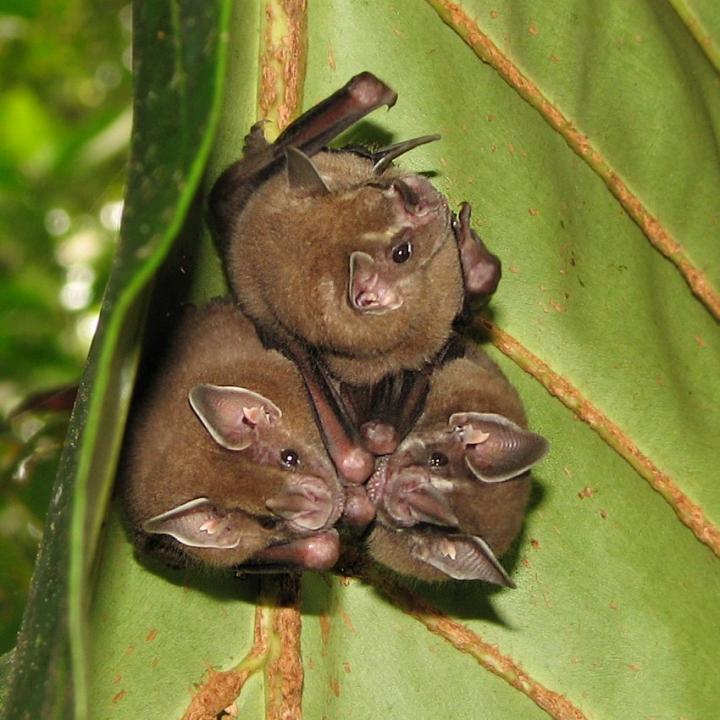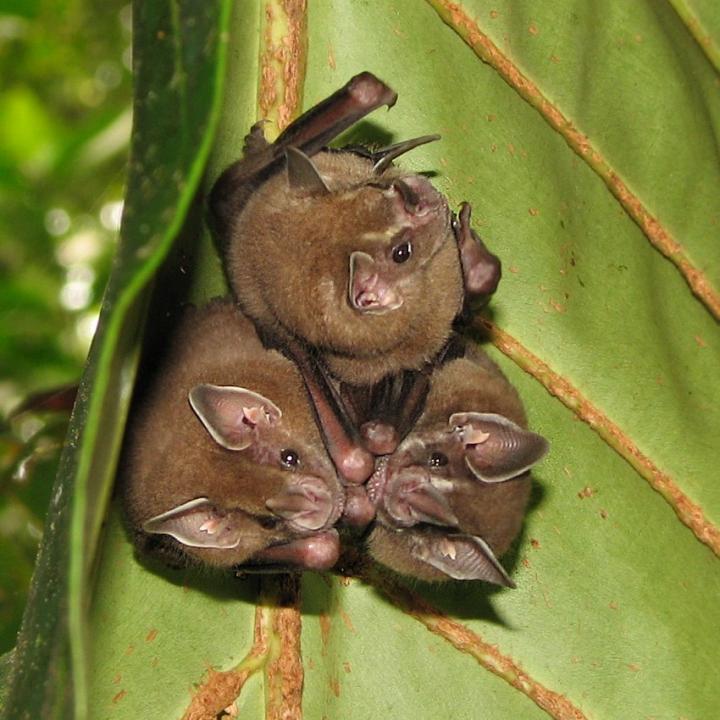
The zoologist of Tomsk State UniversityMaria Orlova participates in an international research project dedicated to parasites fauna of bats of Mexico and the Antilles. The scientists proved, that both parasites and bats can act as the transmitter of infections, dangerous for human.
The scientific community commonly believes that the group of bats is ecologically isolated from the rest of the vertebrates. That is why bats for a long time were not considered as the transmitter of dangerous infections which was a reason why scientists did not study their parasites. The international research team (USA, Mexico, and Russia) is focused on studying a role of bats and their parasites in the circulation of dangerous natural focal infections in the territory of Central America and particularly in the territory of Antilles archipelago, where tourism is developed.
One of the most important goals of the research is find out which infections are transmitted by the present mammals and their parasites and whether human infection is possible. Antilles are tropics and a habitat of many bats species (bat are originally a tropical mammal), and a significant number of species of their parasites. Both were tested for any infections – said Maria Orlova, a postdoc of the TSU Laboratory for Biodiversity Monitoring.
Common opinion about the isolation of bats in the tropics is changing, since we can observe that they are closely interconnected between different groups of animals. Bats tend to inhabit human-made shelters, which makes their direct contact with people possible. In the wild they neighbor, exchange parasites, and infections with rodents, many of which always follow people: it means that transmission of infections is possible through this link as well.
'The samples from the bats contained gamasid mites. They are common for rodents, which indicates cohabitation', says Maria. 'In Siberia such findings are extremely rare, but the warmer the climate, the closer the contact between bats and rodents. Cases of parasites exchange become more frequent, so the probability of contagion grows.' The infection cycle may include not only specific mites, but for example mosquitoes (human-biting as well), which is another opportunity to 'deliver' the infection to humans.
Thus, listing the infections and studying ways of their transmission becomes very urgent: for instance, the researchers in this project found causative bacteria of such genera as Bartonella, Ehrlichia, and Rickettsia, and also nematode of the Litomosoides genus in the tissue and parasites of bats. Those are infections that may threaten people as well.
Most parasites common for bats are harmless for people as they do not attack us, but our research proves that these mites may spread the disease among small mammals which in their turn may transmit the infection to people. 'This is why it is absolutely necessary to study gamasid mites', concludes Maria.
###
Media Contact
Tatiana Arsenyeva
[email protected]
http://tsu.ru





